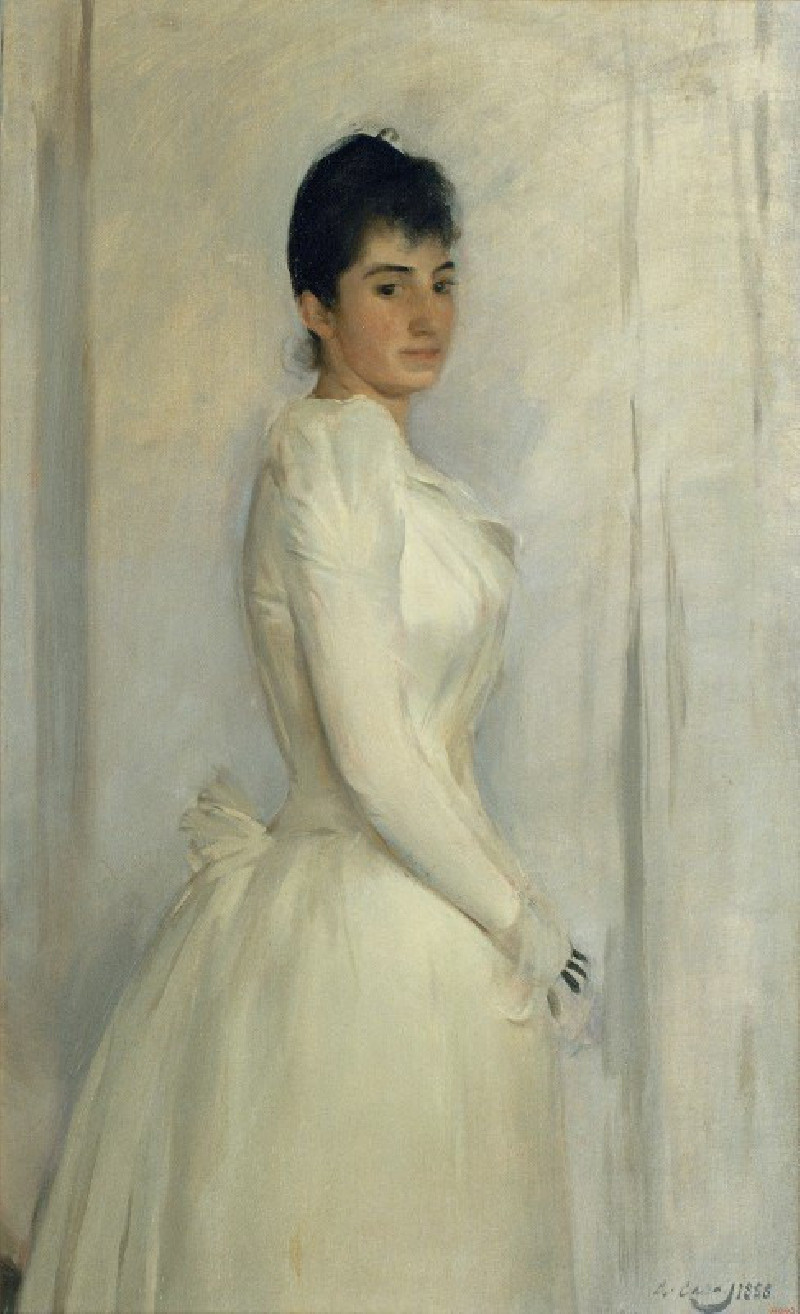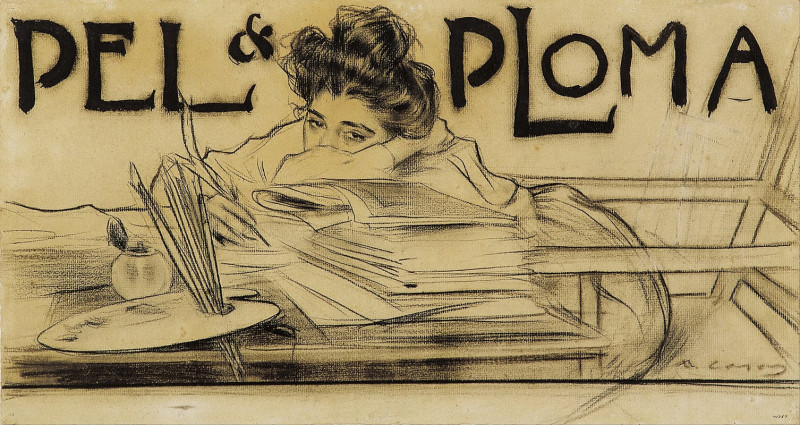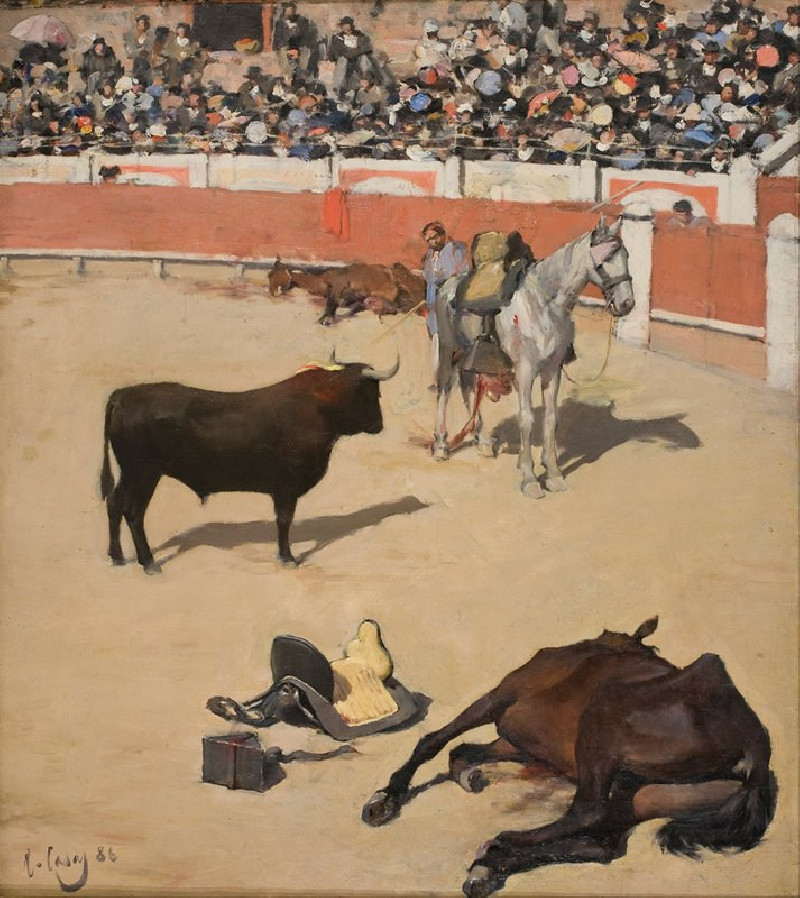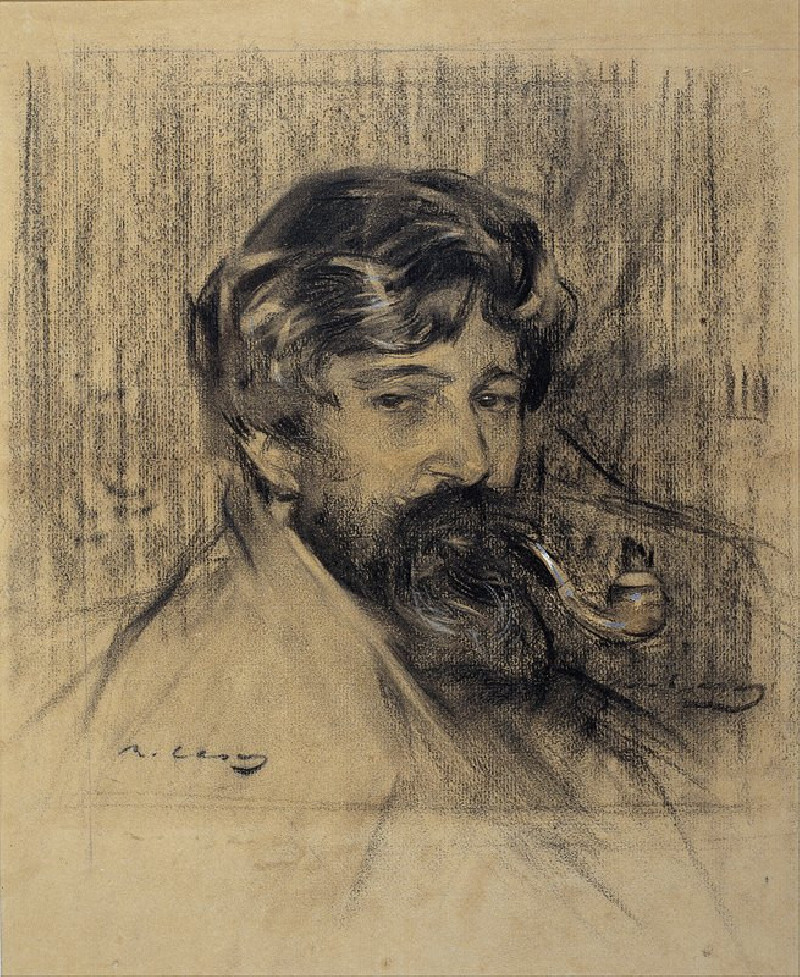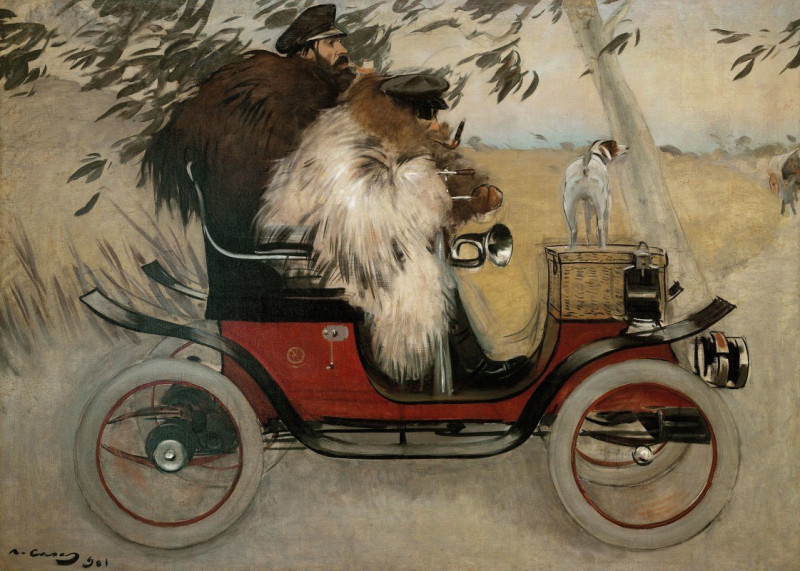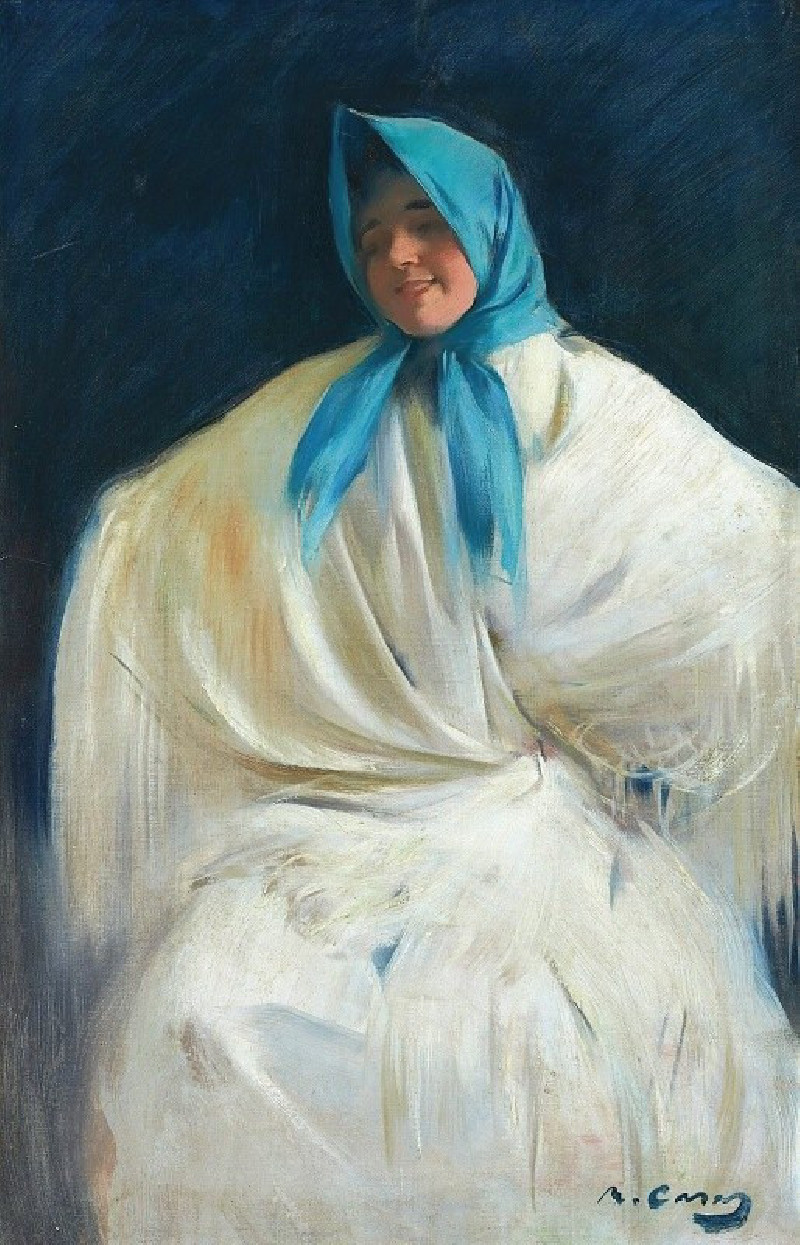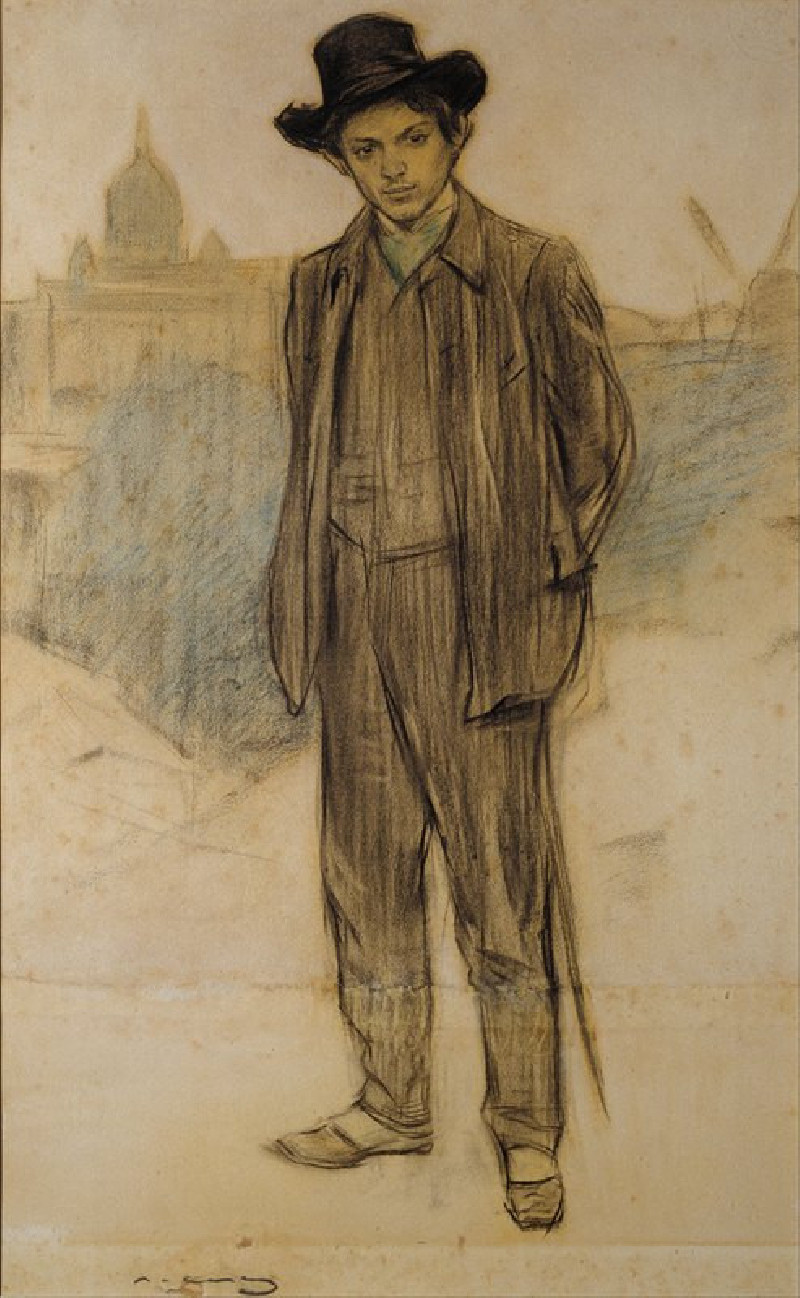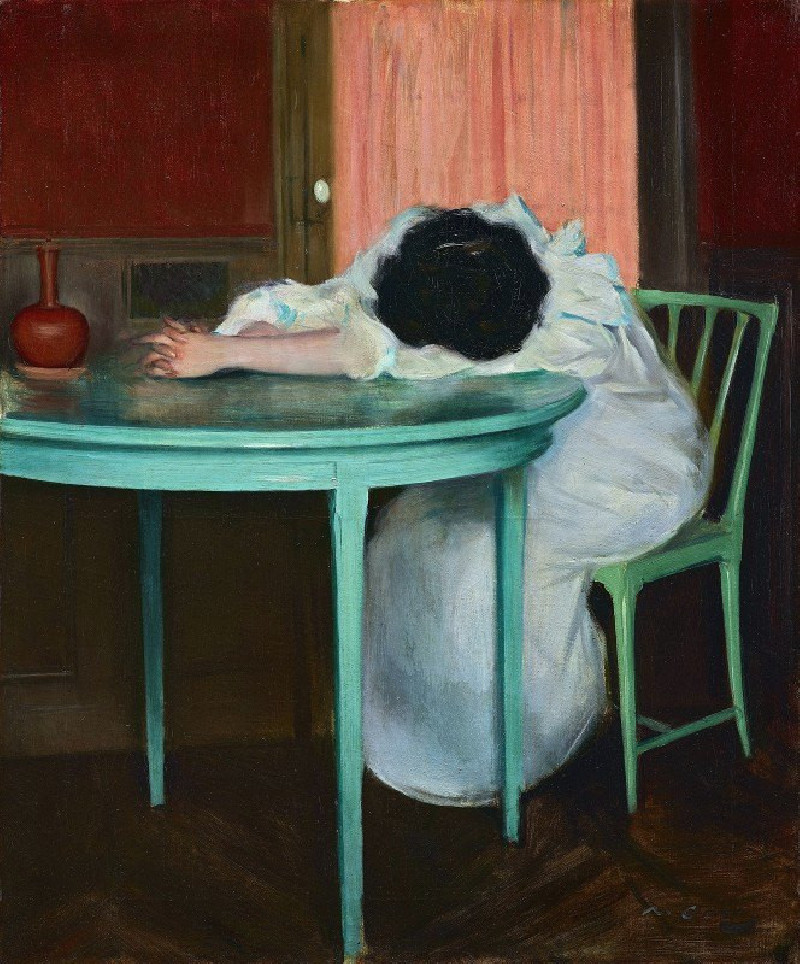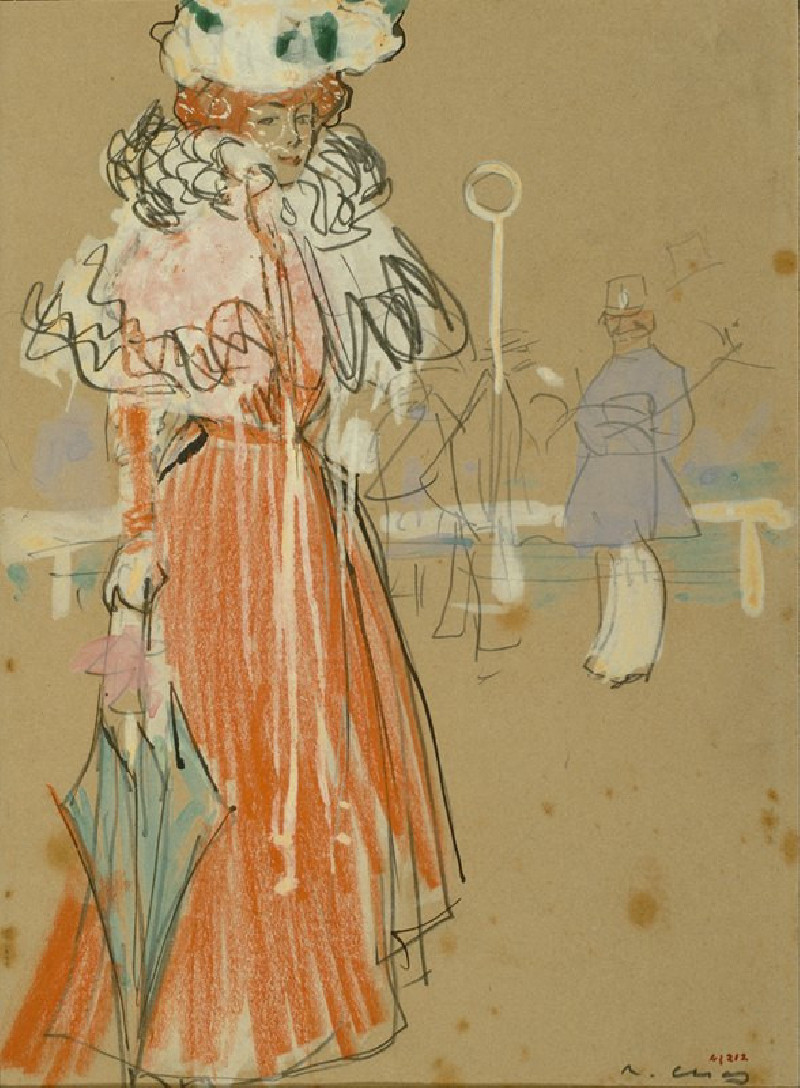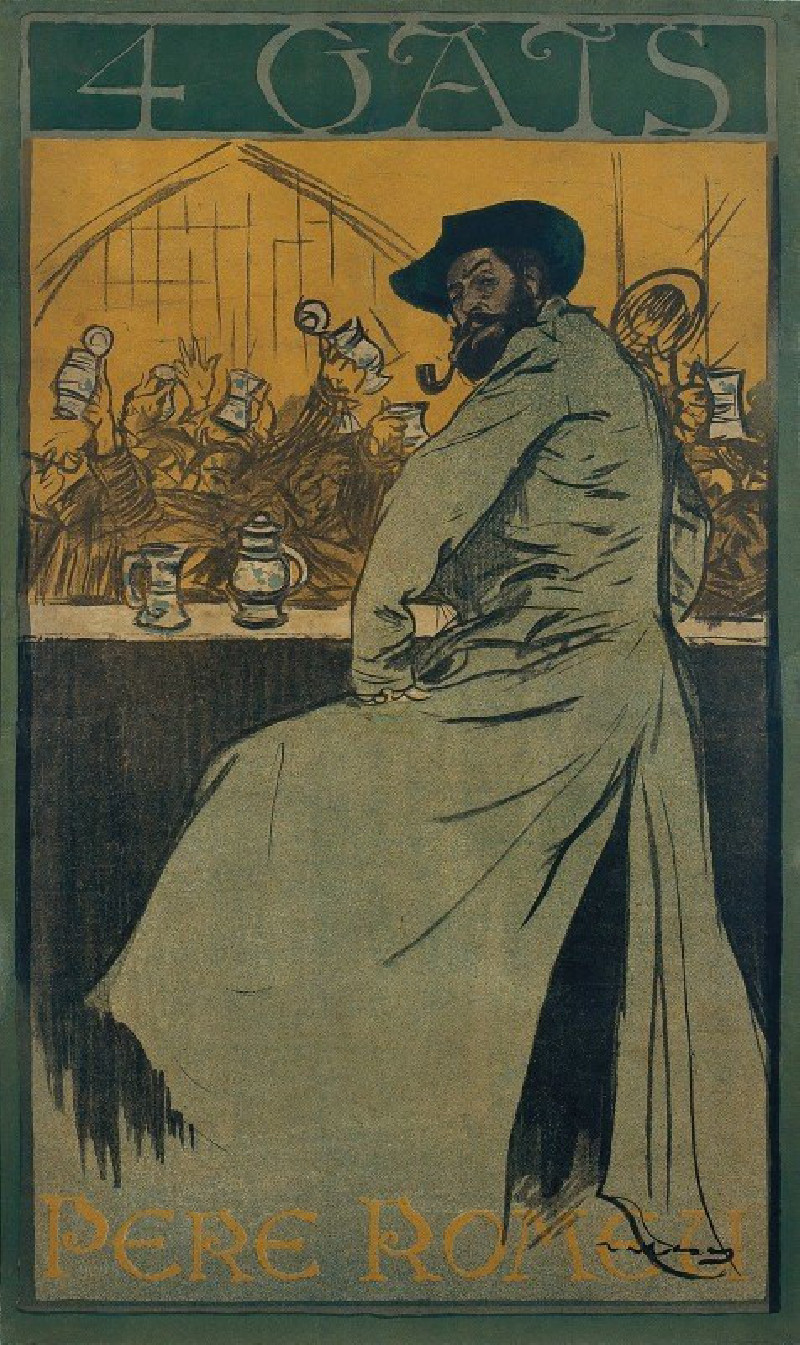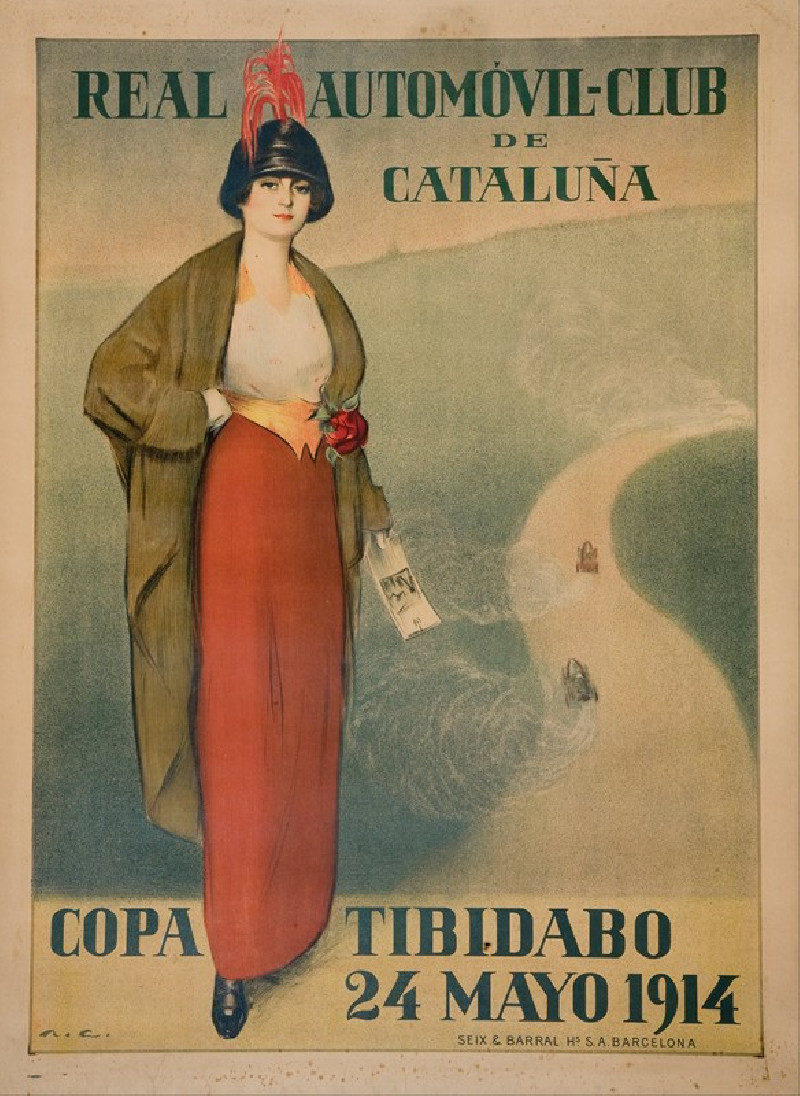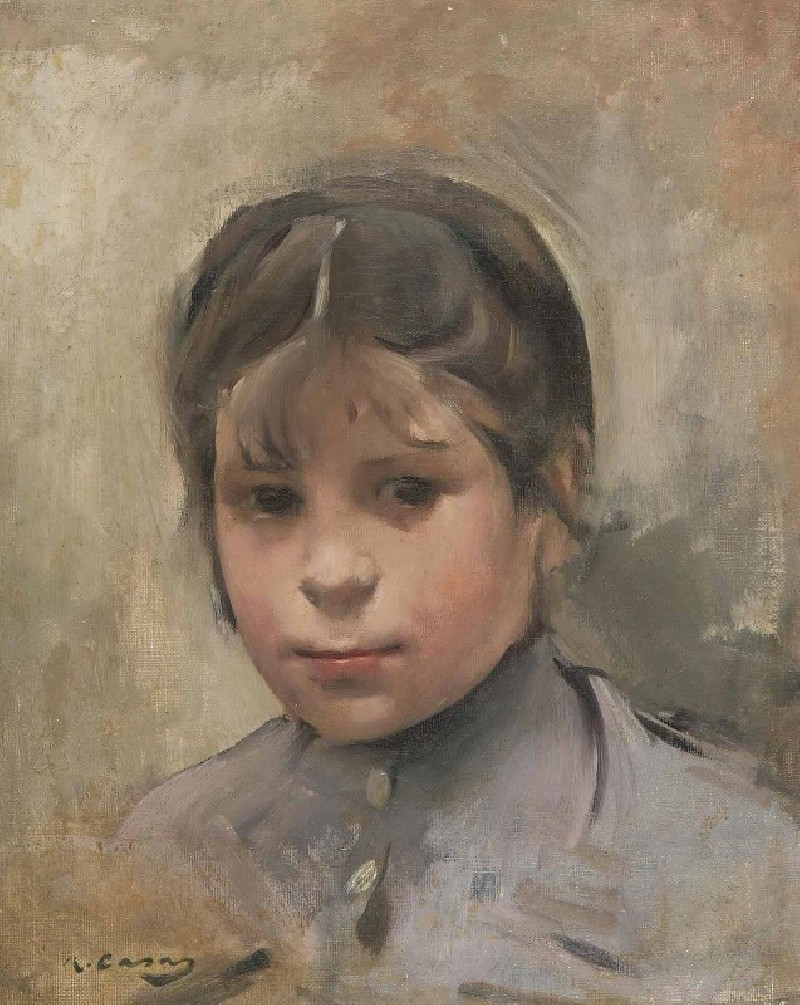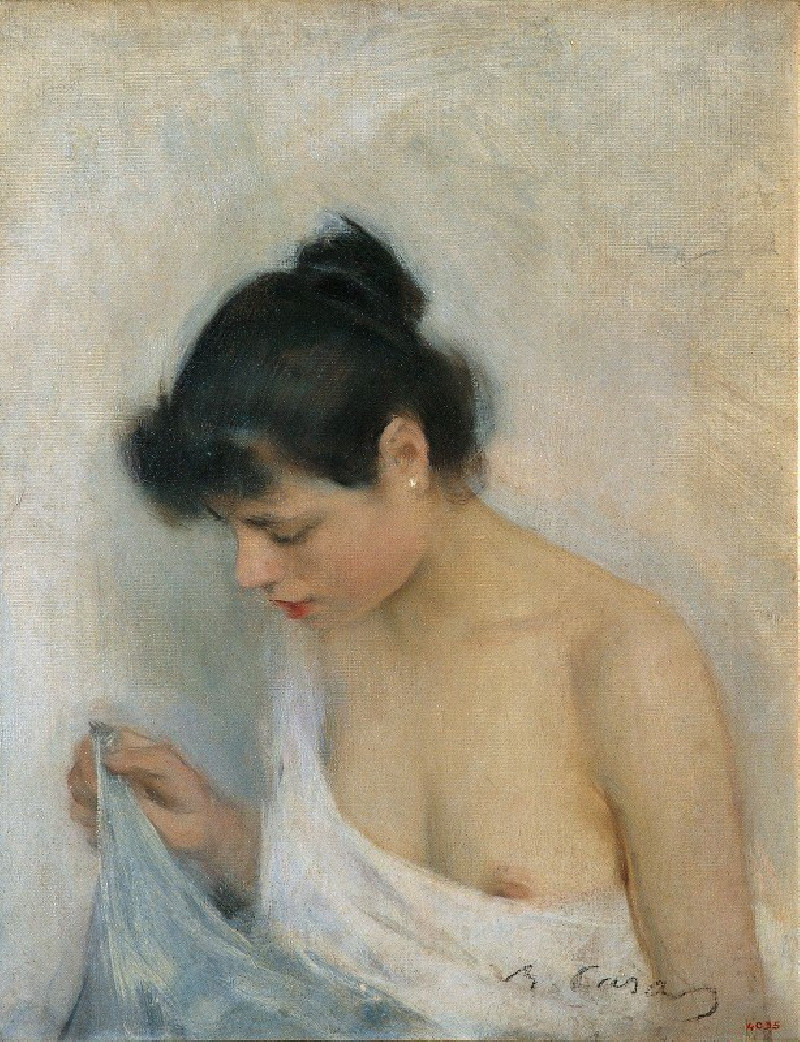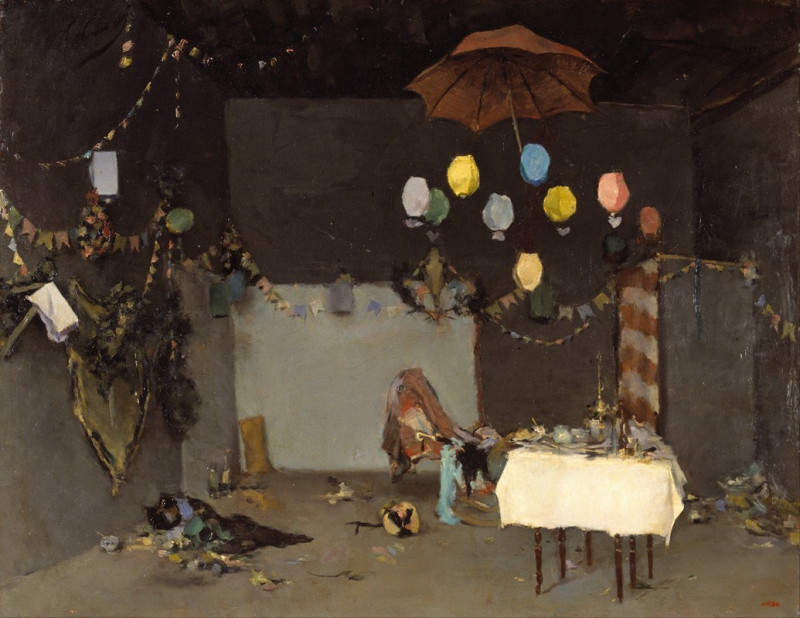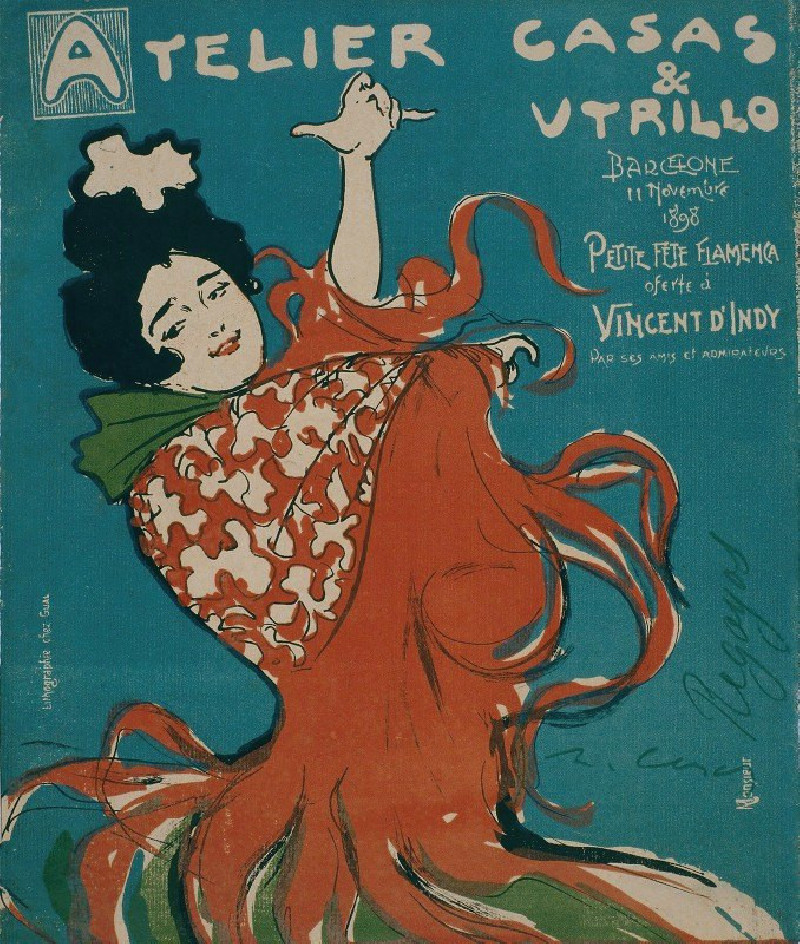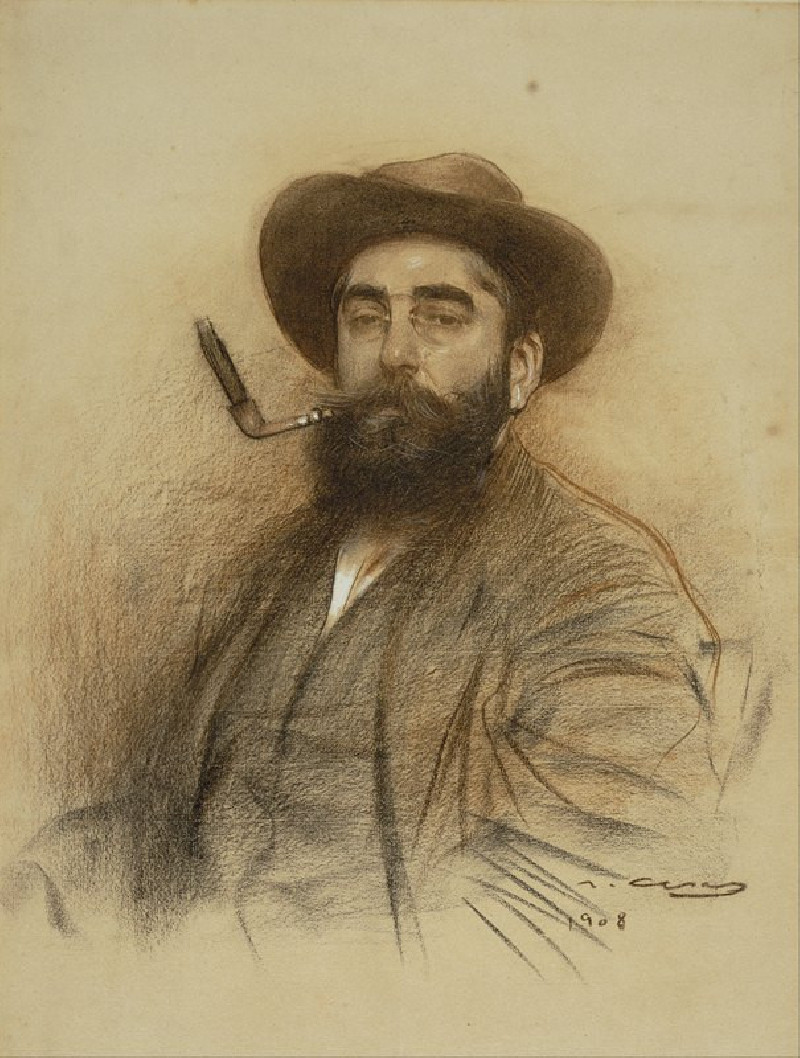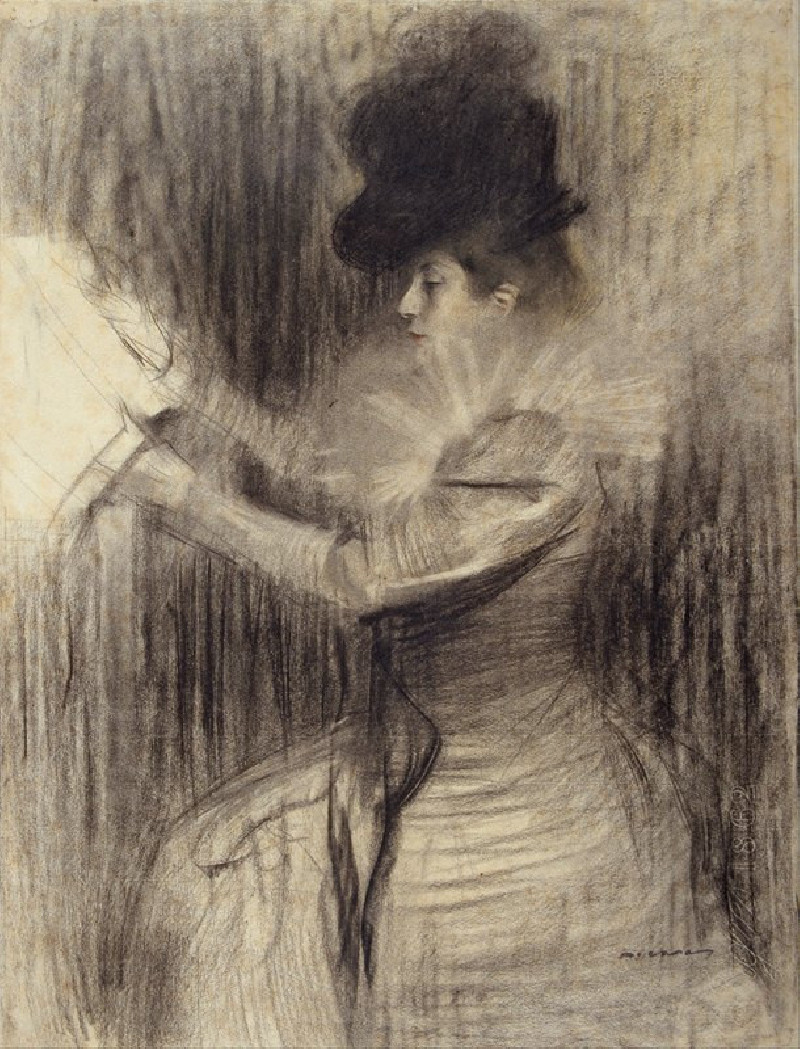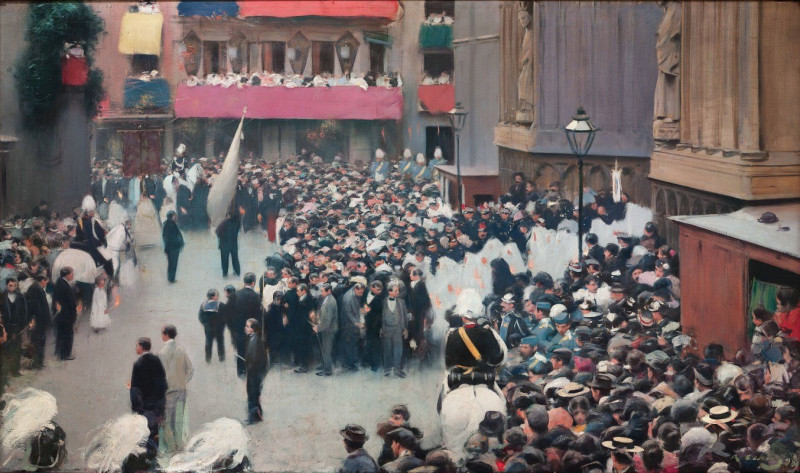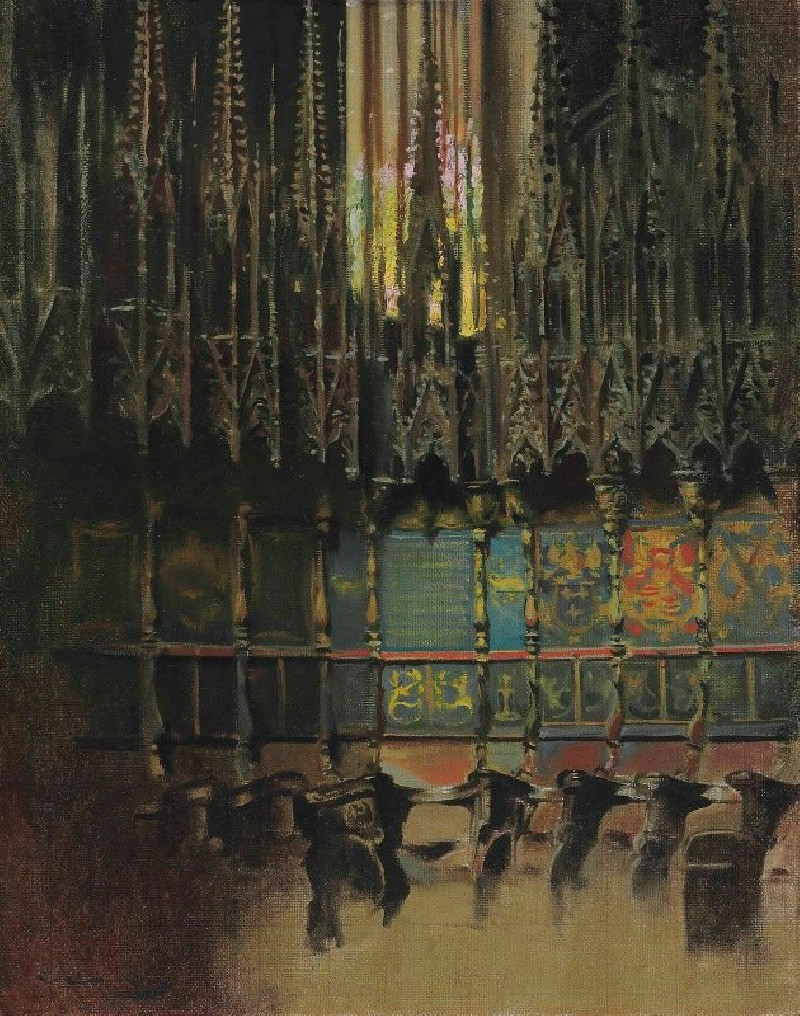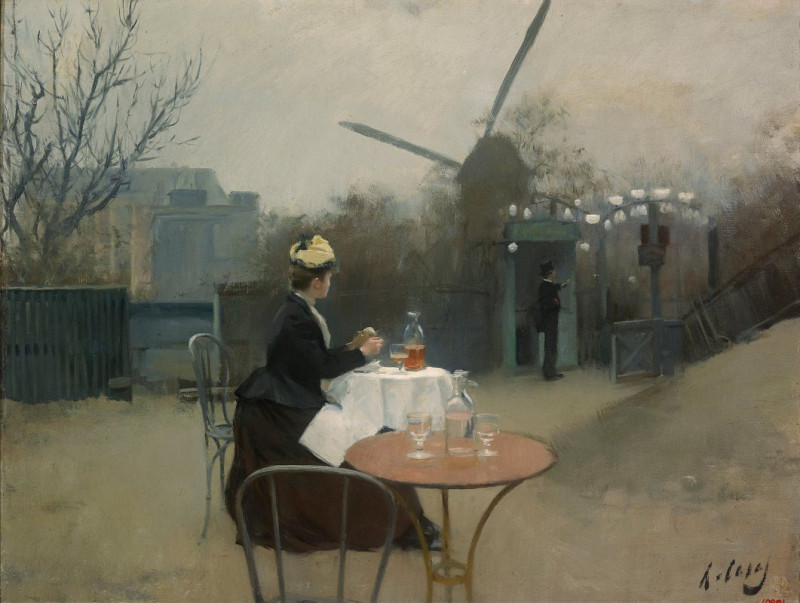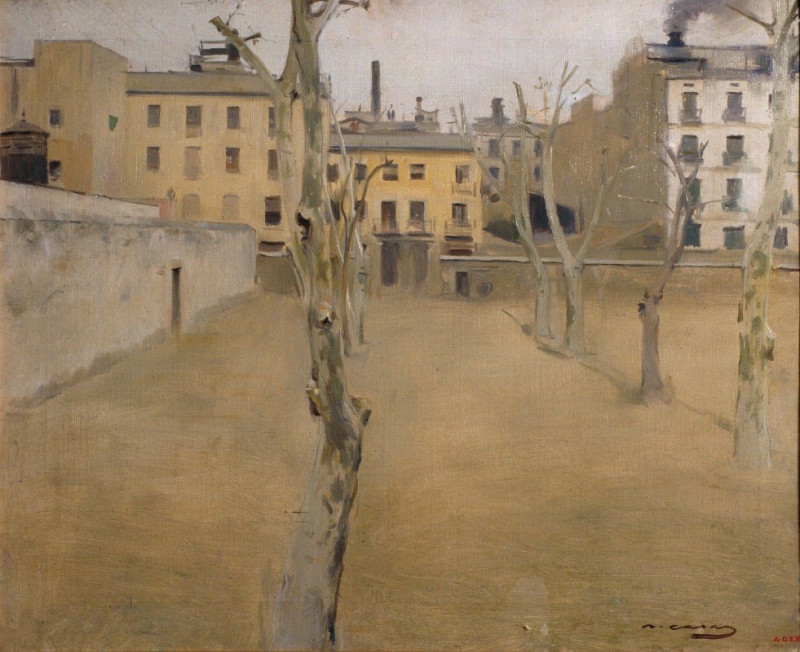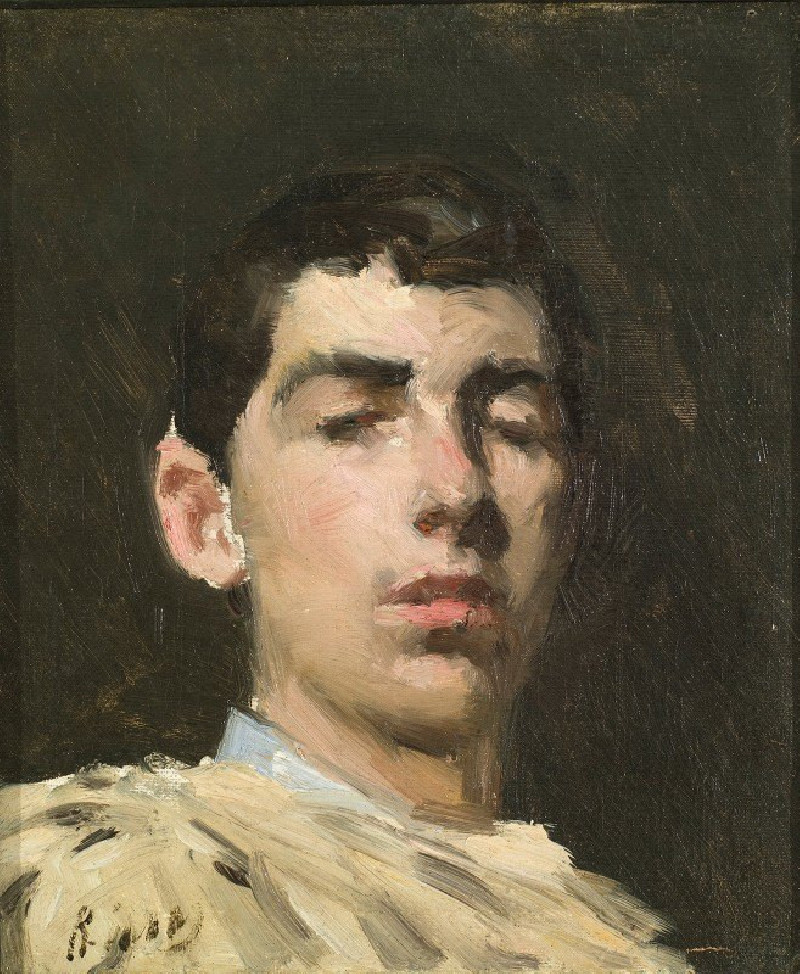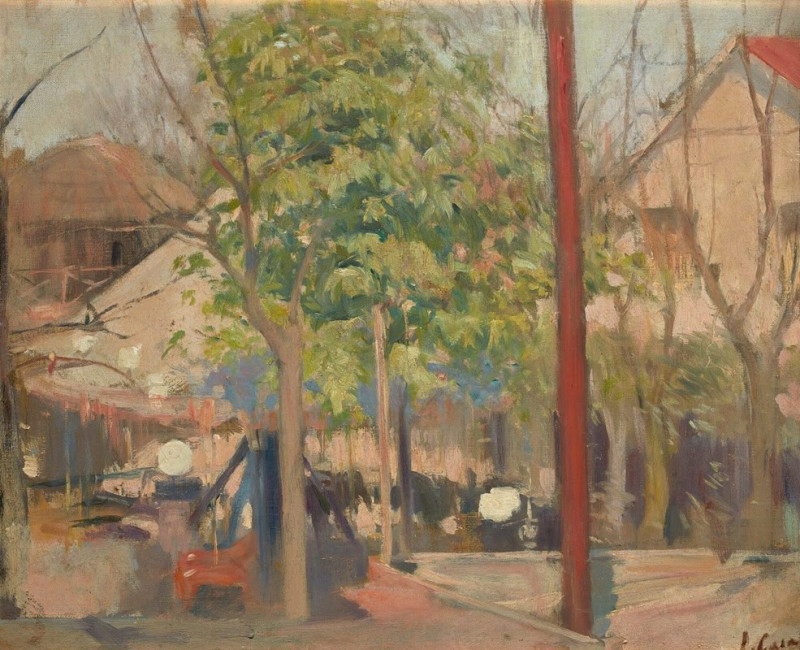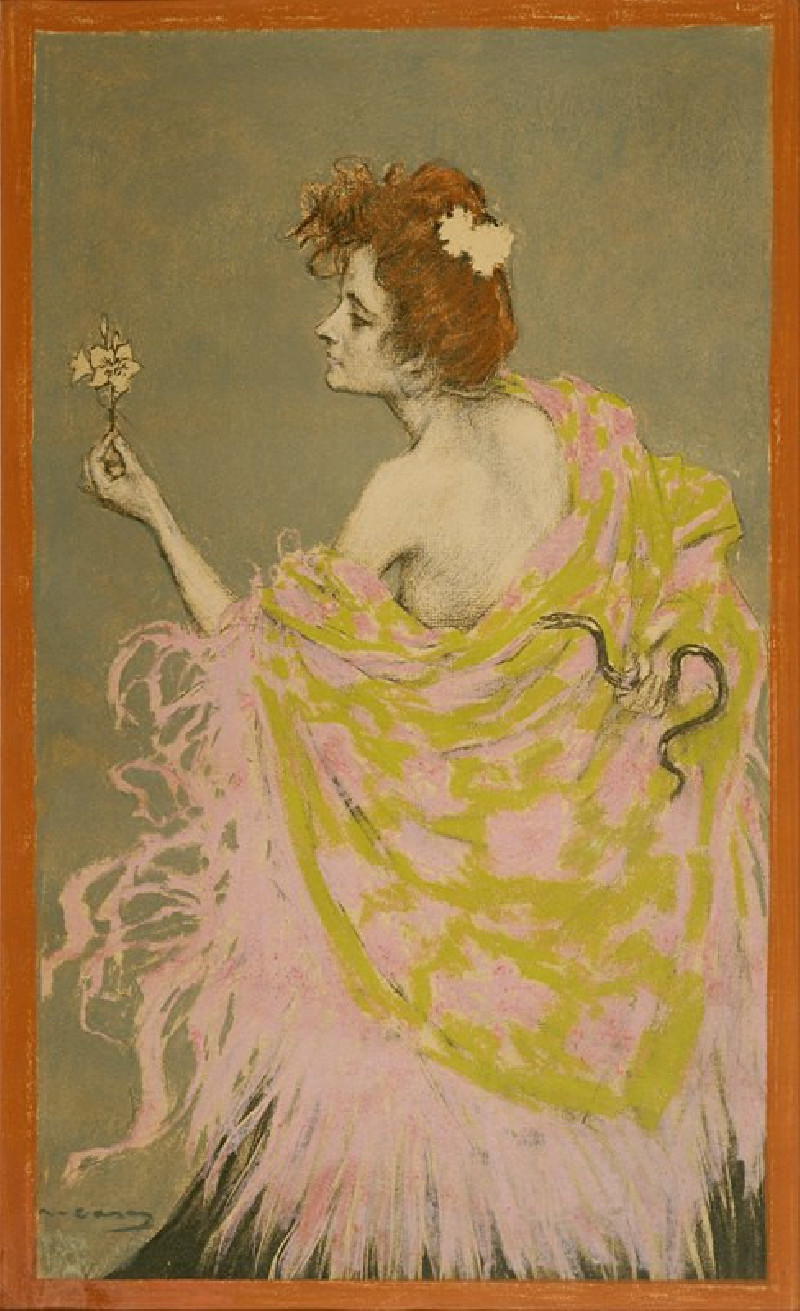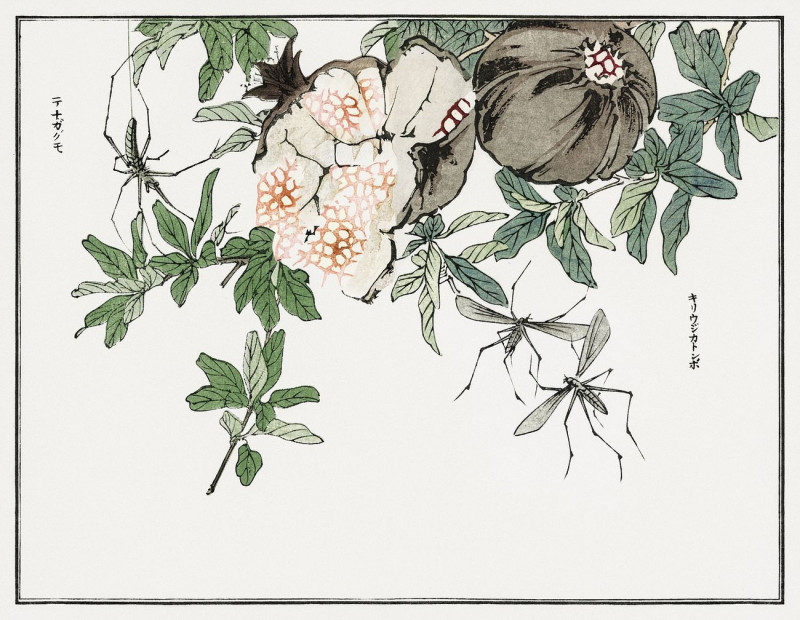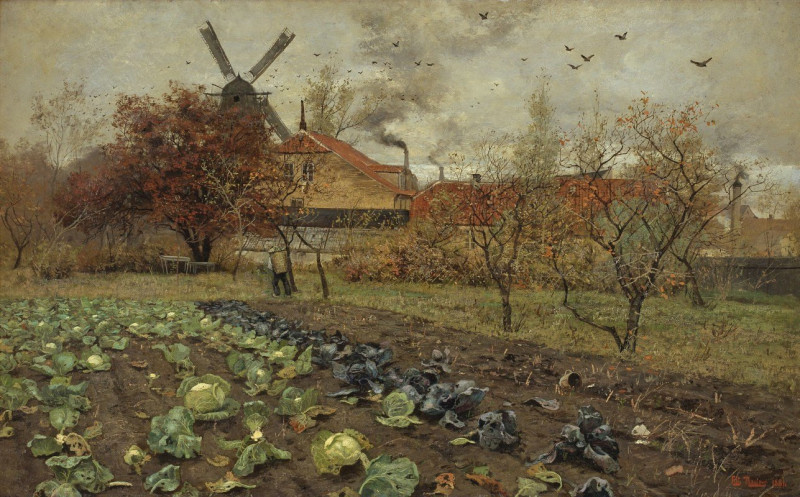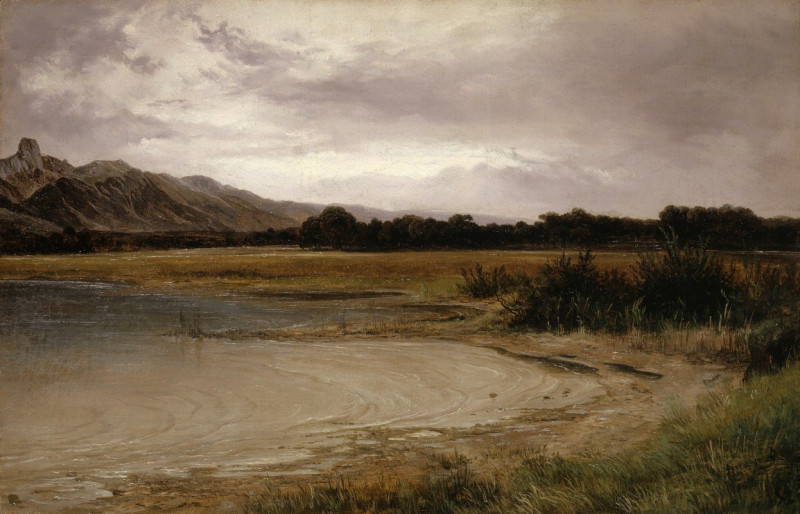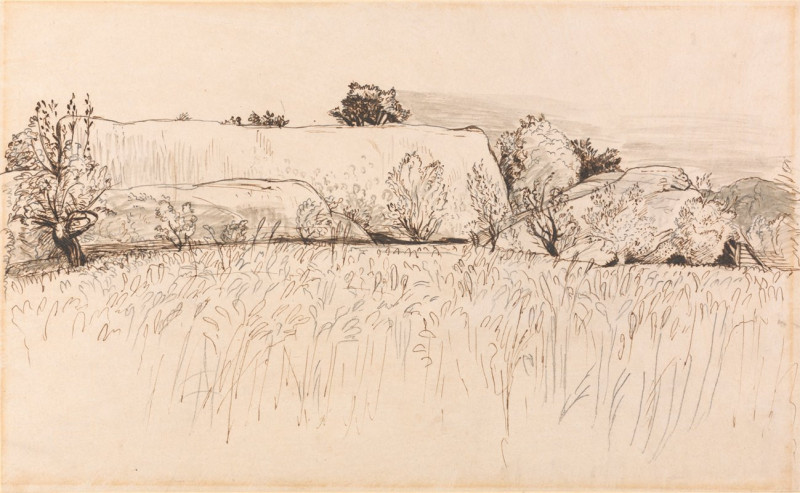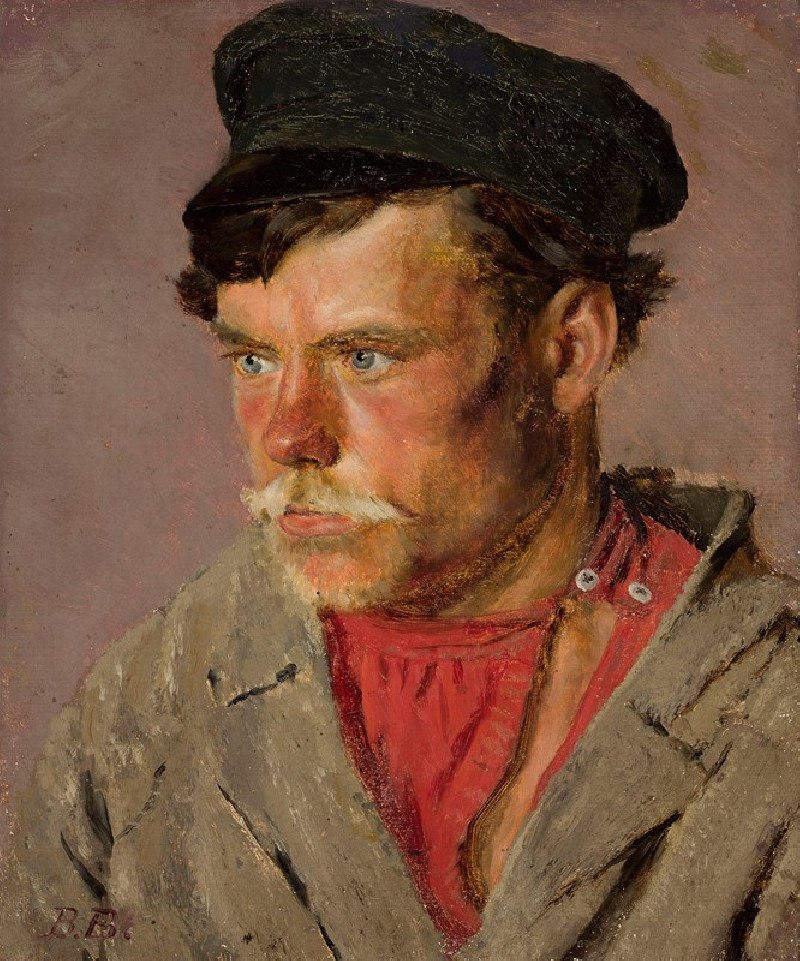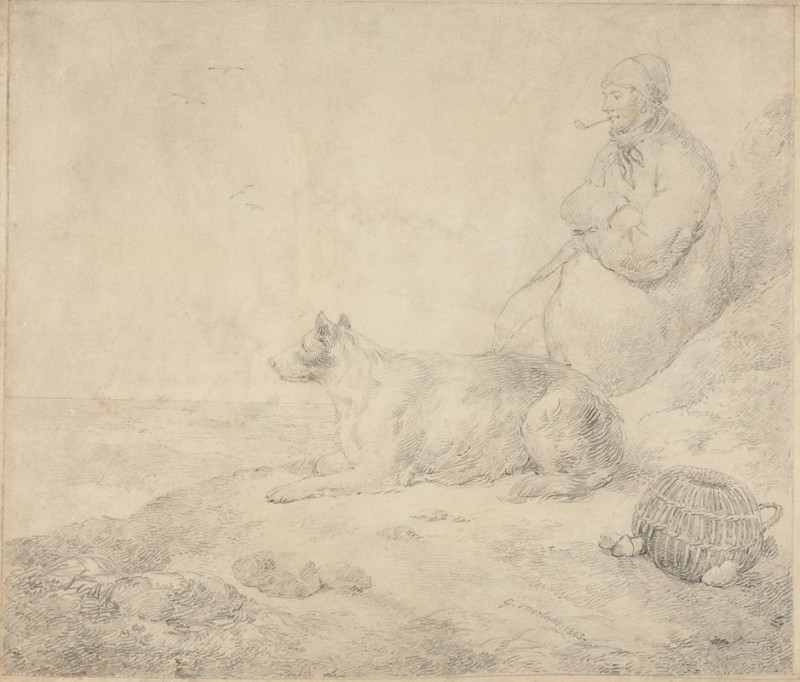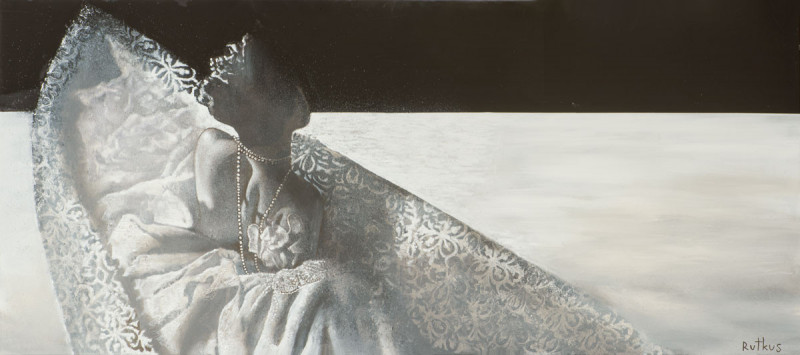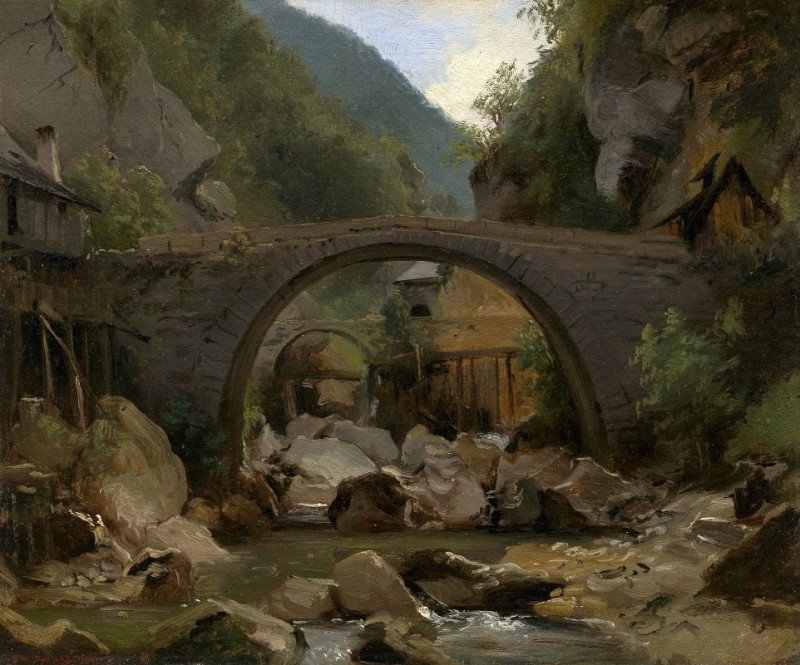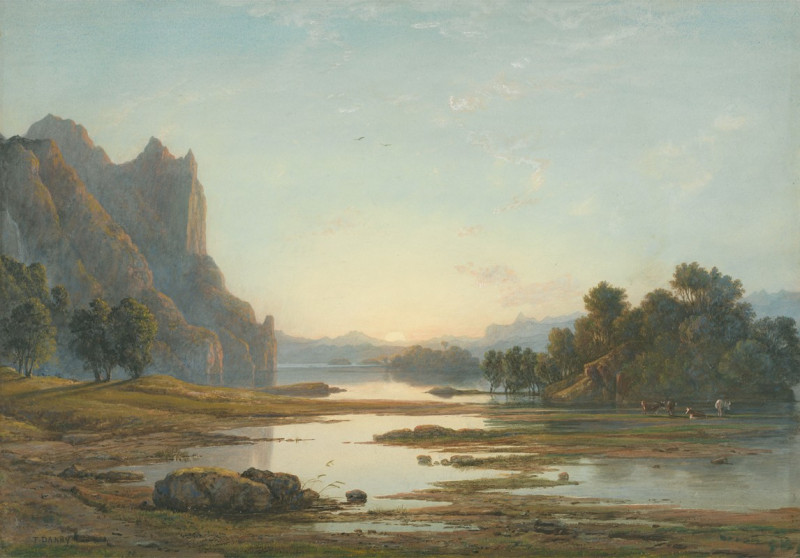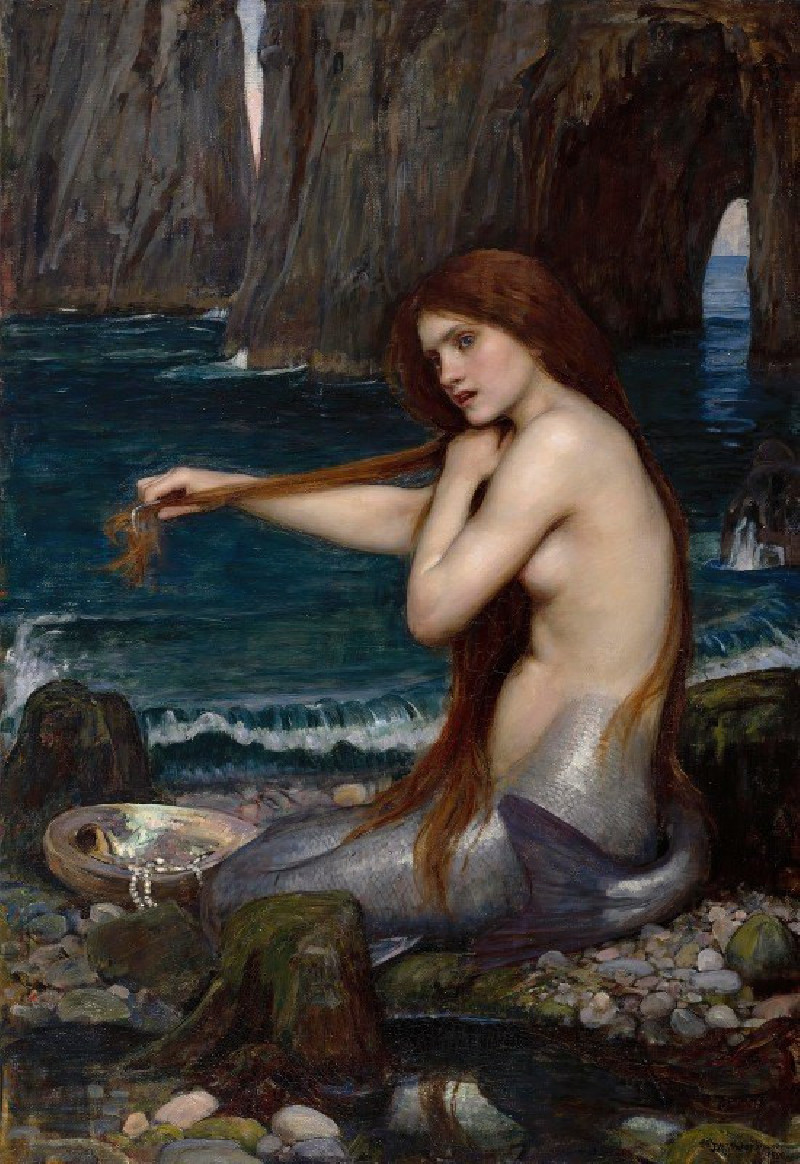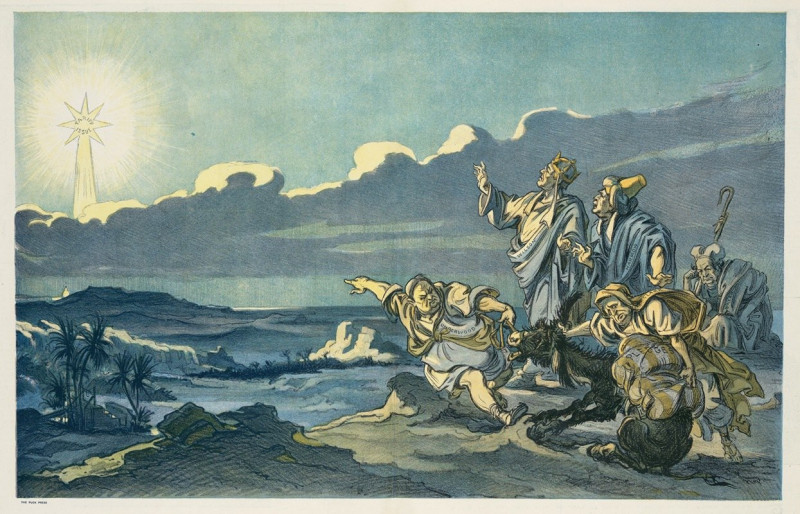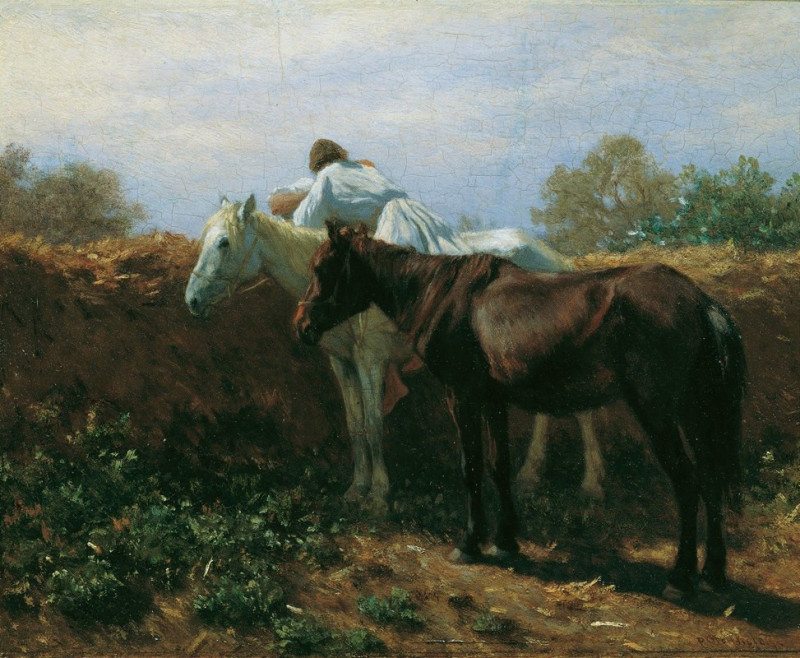Pèl And Ploma (1901)
Technique: Giclée quality print
Recommended by our customers
More about this artwork
Welcome to our exploration of "Pèl And Ploma" (1901), a striking piece by the renowned Catalan artist Ramón Casas. This painting serves as a captivating advertisement for the literary magazine of the same name, which Casas co-founded. The artwork is imbued with elegance and a subtle hint of introspection, typical of Casas's style.In this image, a fashionable young woman is depicted seated at a cluttered desk, deeply engrossed in her reading. Her attention is firmly held by the book she holds, suggesting a moment of intellectual engagement or creative inspiration. The setting appears to be a library or a study room, surrounded by books and papers, which adds to the atmosphere of academic and literary pursuit.The use of soft, sketch-like strokes and a subdued palette highlights the subject's thoughtful expression and the overall serene mood. Casas’s talent in capturing the essence of modern life and its nuances is evident in this work. The text beneath the image announces the magazine as a monthly publication featuring reviews, articles, poetry, and drawings, available at major bookstores in Barcelona.
Delivery
Returns
Ramon Casas i Carbó was a Catalan artist. Living through a turbulent time in the history of his native Barcelona, he was known as a portraitist, sketching and painting the intellectual, economic, and political elite of Barcelona, Paris, Madrid, and beyond. He was also known for his paintings of crowd scenes ranging from the audience at a bullfight to the assembly for an execution to rioters in the Barcelona streets (El garrot). Also a graphic designer, his posters and postcards helped to define the Catalan art movement known as modernisme.


